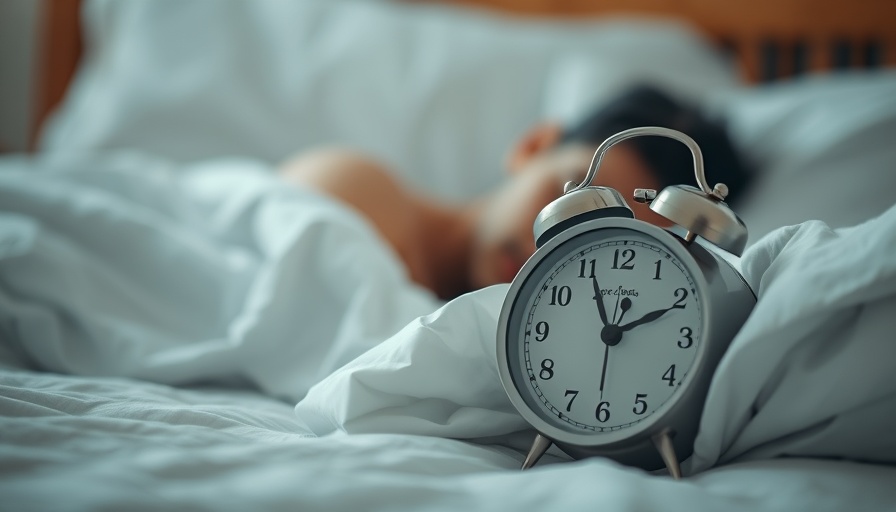
Unveiling Sleep Apnea: A Hidden Challenge for Young Female Athletes
Recent findings have shed light on a concerning health issue that impacts many young female athletes: sleep apnea. According to a study presented at the American College of Cardiology (ACC) Care of the Athletic Heart 2025 conference, it turns out that obstructive sleep apnea (OSA) may be more prevalent among young female athletes than we previously understood. This is especially true for those engaged in intensive training. While sleep apnea is commonly recognized in male athletes, researchers are now revealing the overlooked prevalence among their female counterparts and its connection to cardiovascular risks.
Understanding Obstructive Sleep Apnea
OSA occurs when throat muscles relax and obstruct the airway during sleep, impacting about 18 million Americans. This condition can lead to serious health issues, including high blood pressure, stroke, and heart failure. Common symptoms include:
- Excessive daytime sleepiness
- Loud snoring
- Interrupted sleep, characterized by gasping or choking
For athletic trainers and clinicians, recognizing the nuances of sleep apnea symptoms can be vital in providing timely help. Symptoms such as persistent fatigue and irritability could signal the need for further evaluation.
Study Insights: A Closer Look
The study observed a group of 68 female collegiate athletes across two U.S. universities. While players from various sports participated, the study found that sleep health among these athletes was notably poor. It was revealed that:
- 36% reported poor sleep quality
- 22% struggled to stay awake during social activities at least once in the past month
These findings emphasize a need for enhanced awareness and support regarding sleep hygiene in young female athletes, who often push their physical limits.
The Importance of Good Sleep Hygiene
Good sleep hygiene is essential for athletes, as it can significantly enhance performance and overall well-being. Simple practices like maintaining a regular sleep schedule, creating a restful environment, and limiting screen time before bed are crucial steps that can lead to improved sleep quality.
As Austin Rim, the study's lead author, mentioned, “Ensuring good sleep hygiene among these athletes is low-hanging fruit for improving overall health in this population.” By adopting these habits, athletes can reduce the risks associated with poor sleep, including cardiovascular issues linked to sleep apnea.
Future Steps: Addressing Sleep Apnea Risks
Awareness and education are key to addressing the growing prevalence of sleep apnea among young female athletes. Trainers, coaches, and healthcare providers must work together to implement routine screenings and promote healthy sleep habits. Like any critical health condition, early diagnosis and intervention can help mitigate long-term risks related to sleep apnea.
Actionable Tips for Athletes and Coaches
Here are some practical insights that athletes, coaches, and trainers can consider to improve sleep health:
- Prioritize Sleep: Make sleep as essential as training. Encourage athletes to treat sleep with the same attention they give their physical conditioning.
- Educate about Symptoms: Coaches should be aware of the signs of sleep apnea and encourage open conversations about sleep health.
- Enhance Sleep Environments: Create environments that favor sleep by addressing noise, light, and comfort factors.
By taking these steps, we can help young female athletes improve their sleep quality, thus enabling them to perform at their best while safeguarding their health.
In conclusion, the surprising prevalence of sleep apnea among young female athletes highlights a critical area of health that requires immediate attention. As we become more aware of this issue, it’s essential to foster discussions surrounding sleep and recovery to better support these athletes in their pursuit of excellence.
Embrace the power of restful sleep to enhance your athletic performance—prioritize your sleep health today!
 Add Row
Add Row  Add
Add 




Write A Comment